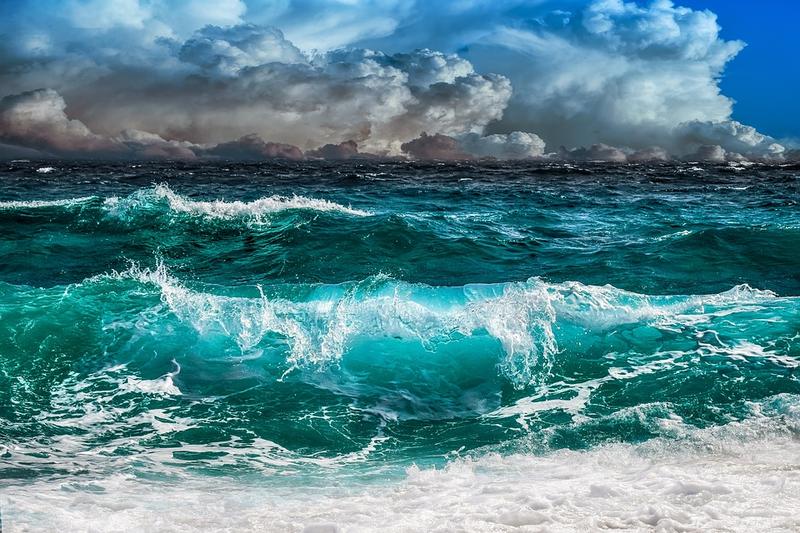IIT Madras develops ocean wave energy device

In a breakthrough development, researchers at IIT Madras developed a system to generate electricity from sea waves. They called the system Sindhuja-I, which can generate electricity from sea waves remotely. It can generate 100 watts of energy at present.
The researchers deployed the devices remotely at around six kilometres from the coast of Tuticorin in Tamil Nadu. They kept the device at a depth of 20 metres.
Abdus Samad led the research. He is working as a professor at the Department of Ocean Engineering at IIT Madras. He has been working on developing a viable model to generate wave power for more than a decade along with his team.
The Sindhuja-I system works as follows: It has a floating buoy, a spar and an electrical module. The buoy moves up and down as per the movement of waves. It has a hole at the centre to allow the spar to move through it.
The spar is fixed to the seafloor to withstand the waves. That means the waves cannot move it. The buoy moves, but the spar does not move. So, the waves produce a relative motion between both, which is used to generate electricity.
Though the system shows promising results in generating ocean wave power, it has some challenges. It has a complex system. Besides, it needs skilled workers to install and maintain it.
In addition, seawater is corrosive and can affect machinery. Also, climate changes, tidal waves, wind, and cyclones can affect it. All these make the system expensive to make it feasible in reality.
Professor Samad says that the idea of ocean wave power is not new. But, due to the above challenges, the idea has not become more popular. So, while developing a system, it is important to consider all these factors. The technology should be cost-effective and reliable to use practically.
The team focussed on all these issues. The system developed by IIT researchers could withstand hard weather. It also worked well. Currently, there are no such devices. Hence, the researchers wished to develop the system further and scale up. They plan to deploy a water desalination system remotely along with a surveillance camera at the location within a year.
They aim to understand the situation to tackle it even during the fluctuations caused by different weather conditions.
In this way, they want to improve the system and make it commercially viable. If the project is successful, it will be able to generate 500 GW of electricity by 2030 through renewable energy.
Image from Maxpixel (Free for commercial use / CC0 Public Domain)
Image Reference: https://www.maxpixel.net/Storm-Beach-Sky-Clouds-Sea-Waves-Landscape-3975256










Leave a Reply